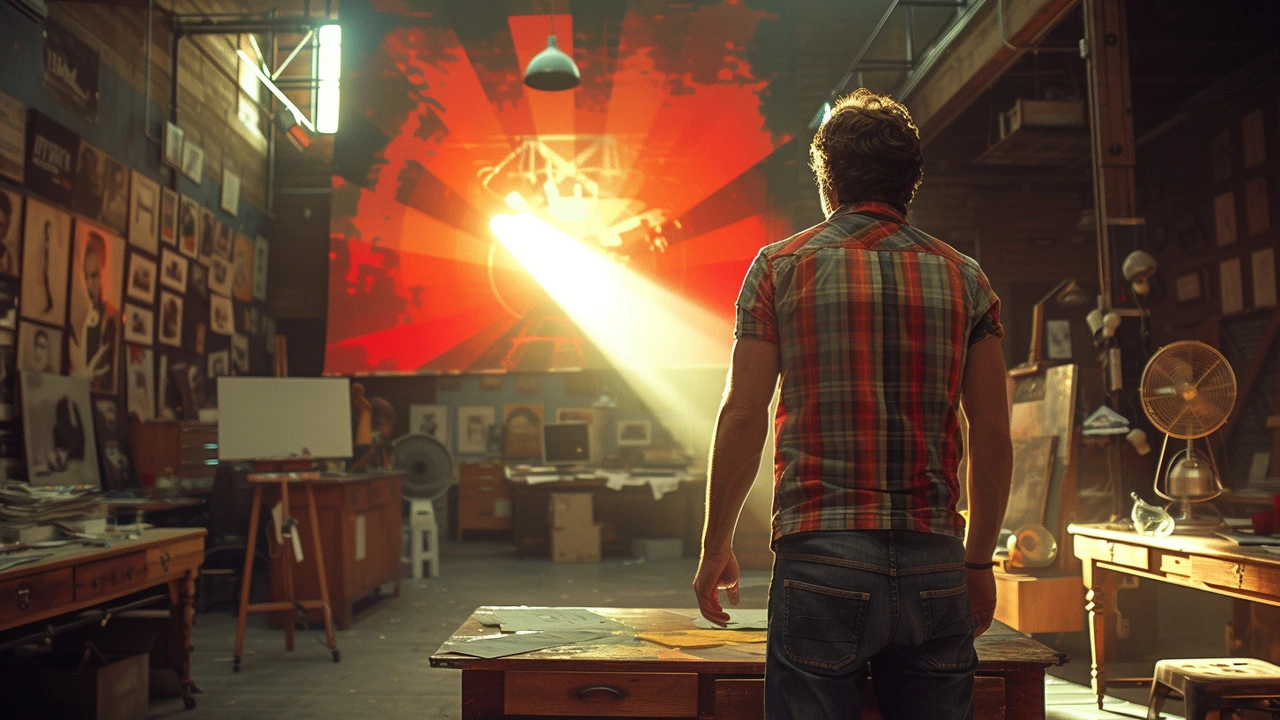Understanding Suprematism: What It Looks Like and Why It Still Matters
Suprematism is pure painting: big shapes, flat color, and nothing that pretends to be a photo of the world. It started in Russia around 1915 with Kazimir Malevich and aimed to free art from objects and stories. The idea was bold then and still feels fresh now—simple, powerful, and direct.
What to look for
Suprematist works use basic geometric forms—squares, circles, crosses, rectangles—set against large empty spaces. Colors are often solid and limited: black, white, red, blue. Brushwork is usually even; the surface reads calm rather than textured. The famous Black Square is the clearest example: no subject, only shape and space. If a piece focuses on balance between shape and blank space instead of telling a scene, it’s likely Suprematist or heavily inspired by it.
Compare that to Constructivism or De Stijl: Constructivism leans toward industrial materials and social purpose, while De Stijl pushes strict horizontal and vertical grids and primary colors. Suprematism stays closer to spiritual or aesthetic freedom—less about function, more about pure feeling and visual rhythm.
How you can use Suprematism
If you make art, try reducing. Choose two or three shapes and place them with clear spacing. Focus on relationship—how a red square feels next to a white field, for example. Use contrast and scale: tiny circle vs. large rectangle can create tension that feels intentional. Let negative space be part of the composition, not an afterthought.
If you decorate a space, Suprematist ideas work well for clean, modern rooms. A single large geometric print gives the room a focal point without clutter. Keep colors limited and let the piece breathe on the wall—no crowded gallery hang.
If you collect, check provenance and exhibition history. Early Suprematist works are rare and tied to Russian avant-garde circles. Look for museum records, old gallery labels, or citations in catalogues raisonnés. Reproductions are common; original works often have age-appropriate materials and consistent signatures or stamps from known owners.
Why it still matters: Suprematism stripped painting down to essentials and opened paths for minimalism, graphic design, and modern logo work. Its influence shows up in posters, apps, and architecture where clarity and visual hierarchy matter. For anyone who likes art that communicates through form and space rather than story, Suprematism is a short, strong lesson in how less can do more.
Want to see more? Start with Malevich’s Black Square and White on White, then look at related Russian avant-garde work. Museums and online archives often show high-res images that reveal how simple choices create powerful visual effects.

